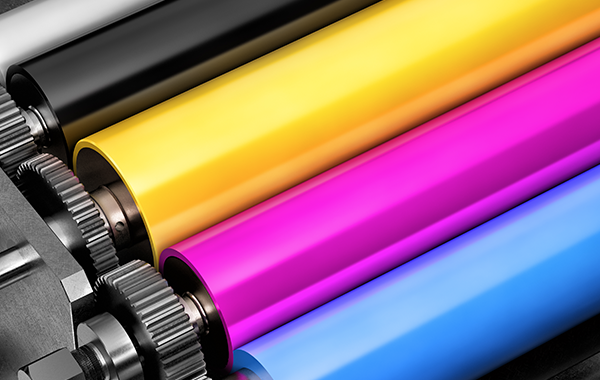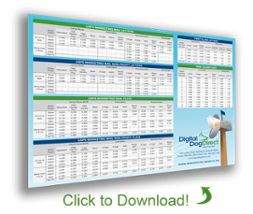Print is often referred to as traditional media, or even old media. In terms of age, that’s understandable. A German goldsmith built the first printing press in 1439 to mass produce books.
Digital printing, however, has a much shorter history. The world’s first digital color printing press, called Indigo, was launched in 1993.
Does that still seem ancient given the fast pace of change in technology?
Well, the PDF was also invented in 1993, the same year Microsoft introduced its Outlook email platform. This came one year after Nokia unveiled the first mobile phone that could be used anywhere in the world, and two years after the launch of the world wide web.
Google came along in 1995, followed in 1996 by Six Degrees, the first social media platform that allowed users to upload profiles and interact with each other.
These technologies and platforms, all on the younger side of the Millennial generation, have evolved and become much more advanced since those early days, especially in the last 10 years. Like various types of mobile, email, search, and social media marketing, digital printing is very much a high-tech solution with sophisticated capabilities.
Here’s a look at how we got from Indigo to today.
The Dawn of Digital Printing
Benny Landa, the owner of the company that created Indigo, actually set out to develop the world’s fastest photocopier in 1977. He eventually discovered that the ink for his ElectroInk photocopier could also be used in printers. This ink used small color particles that were suspended in an imaging oil and attracted or repelled based on voltage.
Unlike traditional printers, digital printers create images using mathematical formulas. Images are then captured from a matrix of dots, or pixels, and digitized. A digitized image controls the exposure of ink to electromagnetic energy to reproduce the data.
Digital Printing Gets Personal
In 2000, HP saw the potential of digital printing and made a major investment in Mr. Landa’s company before purchasing all remaining shares the following year.
Not long after the acquisition, a vice president of HP and Indigo stated that digital printing made it possible to “commission short-run, personalized, high-quality print online.” He predicted that digital printing would soon be everywhere and enable high-speed publishing and personalized packaging.
One of the most important advancements has been the concept of variable data printing, which allows you to change different components, such as text, images, graphics, and colors, for each printed piece based on information in your database. This is done automatically without slowing down or stopping the printing process.
Variable data printing has made it possible to personalize printing marketing just as much as online marketing.
Today’s Digital Printing
Digital printing quality and capabilities improved with a wide range of advancements, such as the development of better inks, laser printing, better software, increased automation, greater control over color range, and more precise, accurate placement of ink to enhance resolution.
At the same time modern digital printing technology and practices involve less energy consumption, fewer volatile organic compounds (VOCs), and less waste, making digital printing more eco-friendly that in years past.
Since the first days of Indigo, digital printing has evolved to become smarter, faster, more precise, and more automated, allowing for on-demand, personalized printing. Who wouldn’t want these high-tech attributes applied to their marketing strategy?
Want to learn more about our digital printing technology and capabilities? Contact us to unleash the power of Digital Dog Direct.




Comments